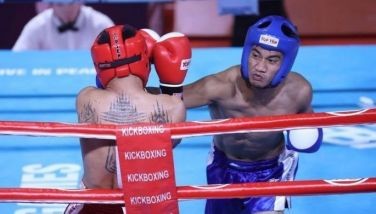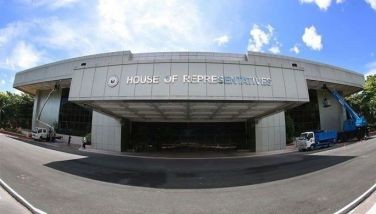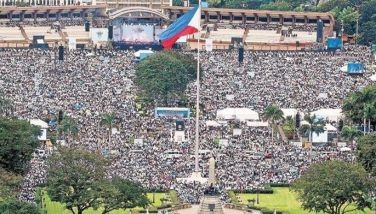Role of Philsports in prioritization of sports
Two weeks ago we said that the attempt to prioritize sports by the Philippine Sports Commission (PSC) should be governed by crystal clear criteria to minimize the weeping and gnashing of teeth that is normally associated with this politically-charged exercise. A criterion, which is a no-brainer, if one is to focus just on capturing gold medals in international competitions to the exclusion of the greater role that sports should play in national development (peace-building and promoting social justice, among others), would be the number of gold medals at stake in the sport.
Because of such criterion, athletics, swimming and shooting would be shoo-ins in the list that government is trying to put together. The other criterion is the amenability of the sports to mass participation and viewing if one were to follow the logic that the greater number of participants in any sport would necessarily give us a wider pool of potential athletes to choose from. This criterion is ideal for creating the balance between elite sports and promoting access to sports and enhancing the right of citizens to play the sport of their choice. As we have always stated, “It is easier to choose 1,000 elite athletes from one million people than from 10,000.”
The amenability to public viewing is consistent with the inclusive nature of sport and all other human development programs, not to mention inclusion being the trait of the Benigno S. Aquino III presidential campaign and administration. If we are to promote sports for development, the ordinary citizen and those who wish to learn from watching elite athletes should have relative ease of access to such sports events, especially those at the non-elite level. Cycling, triathlon and marathon, among others, are obviously candidates for prioritization if access to the sport is a major criterion: these events are held in public roads and attract audiences who don’t have to pay hefty entrance fees.
The popularity of the sport both from the point of view of participation and audience interest should be another criterion mainly because it is government’s and the sports stakeholders’ obligation to promote and popularize sport. In a national survey we commissioned the Philippine Survey and Research Center (PSRC) to carry out in 1997-98 in order to obtain views and attitudes of Filipinos toward sport as an input to our own earlier attempt to prioritize sport, we found out that the most popular sport from a participation point of view was indoor volleyball. The main reason for such a response was that volleyball was a non-contact sport that provided more opportunities for participation by women. It was pointed out that women could play either amongst themselves or alongside men.
The participation of women in sports is taken up in Section 14 of Republic Act 9710 otherwise known as “The Magna Carta for Women.” Section 14 states that the State (in this case represented by the Philippine Sports Commission or PSC, the DepEd and the Commission on Higher Education) shall develop, establish and strengthen programs for the participation of women and girl-children in competitive and noncompetitive sports as a means to achieve excellence, promote physical and social well-being, eliminate gender-role stereotyping and provide equal access to the full benefits of development for all persons regardless of sex, gender identity and other similar factors. All sports-related organizations shall create guidelines that will establish and integrate affirmative action as a strategy and gender equality as a framework in planning and implementing their policies, budgets, programs, and activities relating to the participation of women and girls in sports.
Prioritization of sports by the PSC is definitely a strategy for implementing state policies and should therefore concern itself with gender equity and equality.
Surely, formulation of sports policy and implementation of programs should go beyond the four walls of the PSC. Creating a cadre of competent coaches, an essential requirement for grassroots and elite sport, is not within the competence (but part of the mandate) of the PSC. But the competence could be developed if it would only be more creative and strategic. The statement of PSC commissioner Jolly Gomez that “PSC discovered after holding the Batang Pinoy that there are no coaches at the grassroots thus limiting the number of participants”, shows what was clearly obvious even without Batang Pinoy: lack of coaches.
If government is serious in sports development it should consider reviving the “several-times-killed” Philippine Institute for Sports (Philsports) and reactivating the National Physical Fitness and Sports Development Council (NPFSDC). The Philsports, essentially a training institution, can carry out, as it did during my stint at PSC, nationwide coaching clinics and capability building. As former PSC chairman, Dr Perry Mequi (now of Foundation University in Dumaguete), said,”(We) are trying to produce world-class athletes from pupils who could hardly read or write”. That’s a mouthful!
- Latest
- Trending































